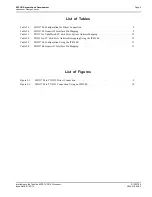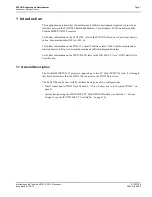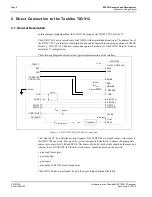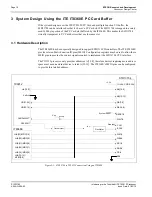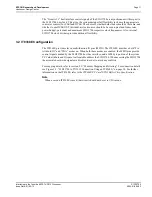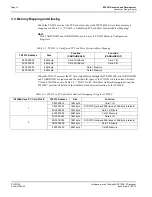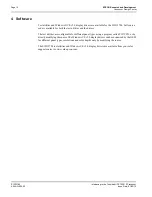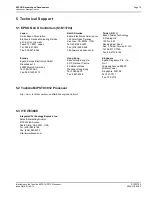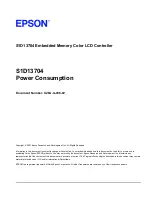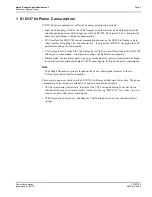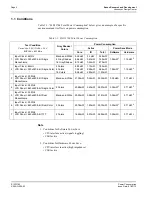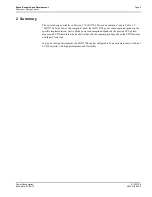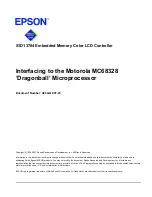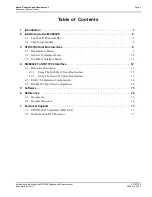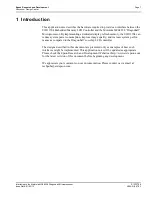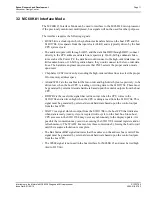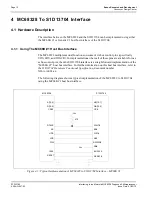
Epson Research and Development
Page 3
Vancouver Design Center
Power Consumption
S1D13704
Issue Date: 01/02/12
X26A-G-006-02
1 S1D13704 Power Consumption
S1D13704 power consumption is affected by many system design variables.
• Input clock frequency (CLKI): the CLKI frequency and the internal clock divide register deter-
mine the operating clock (CLK) frequency of the S1D13704. The higher CLK is, the higher the
frame fate, performance, and power consumption.
• CPU interface: the S1D13704 current consumption depends on the BUSCLK frequency, data
width, number of toggling pins, and other factors – the higher the BUSCLK, the higher the CPU
performance and power consumption.
• V
DD
voltage levels (Core and IO): the voltage level of the Core and IO sections in the S1D13704
affects power consumption – the higher the voltage, the higher the consumption.
• Display mode: the resolution, panel type, and color depth affect power consumption. The higher
the resolution/color depth and number of LCD panel signals, the higher the power consumption.
Note
If the High Performance option is turned on, the power consumption increases to that of
8 bit-per-pixel mode for all color depths.
There are two power save modes in the S1D13704: Software and Hardware Power Save. The power
consumption of these modes is affected by various system design variables.
• CPU bus state during Power Save: the state of the CPU bus signals during Power Save has a
substantial effect on power consumption. An inactive bus (e.g. BUSCLK = low, Addr = low etc.)
reduces overall system power consumption.
• CLKI state during Power Save: disabling the CLKI during Power Save has substantial power
savings.
*

